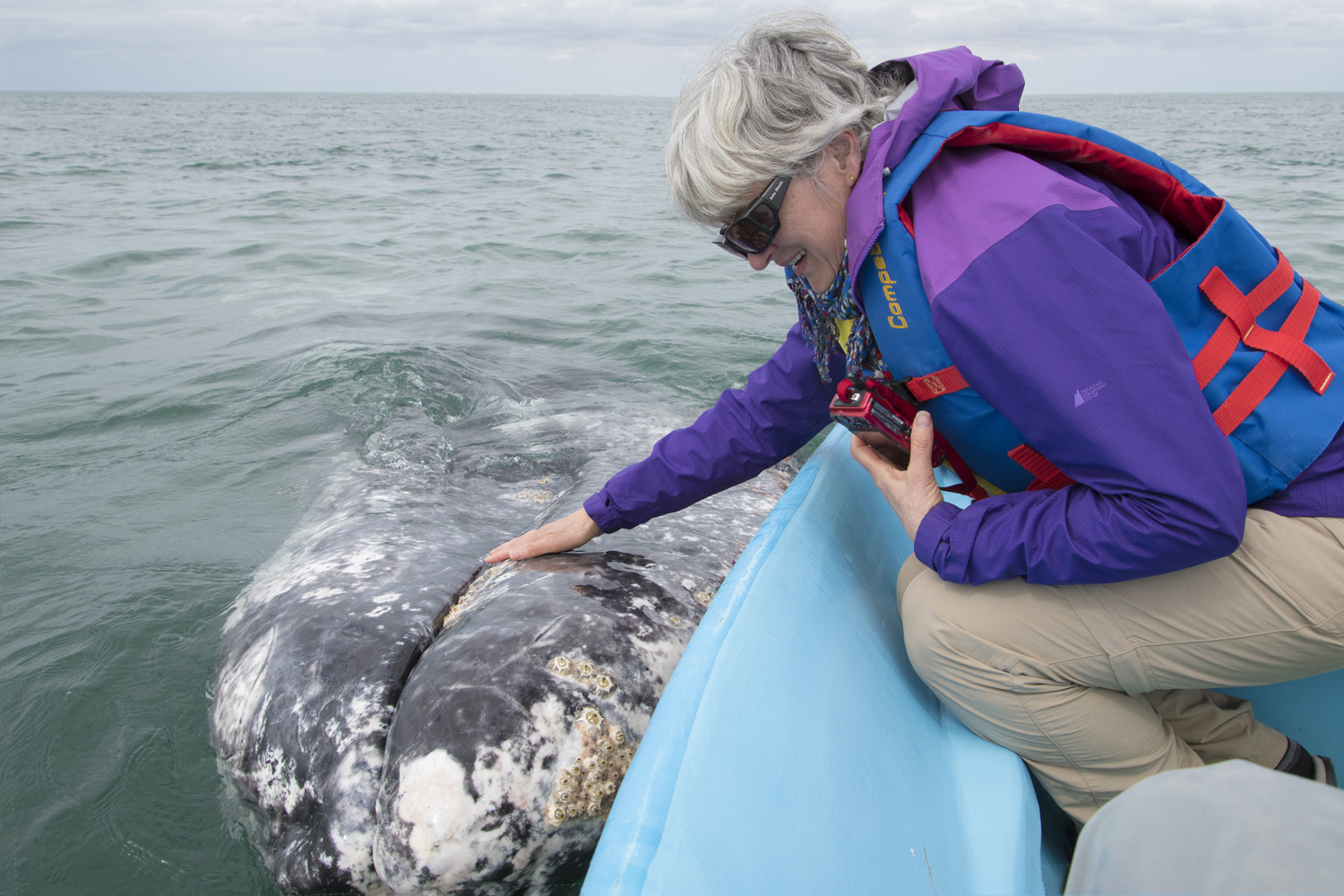In the mid-1800s, the legendary American whaling captain Charles Melville Scammon accidentally discovered the narrow opening to a large, sheltered lagoon along the Pacific coast of Mexico’s Baja Peninsula. What Scammon didn’t initially realize was that the lagoon was the largest of three such protected lagoons that eastern gray whales had been using for millennia to mate and give birth to their calves in the winter months after having migrated thousands of miles from their summer feeding grounds in the Bering and Chukchi Seas of Alaska and eastern Russia. The chance discovery of “Scammon’s Lagoon”, later renamed Ojo de Liebre, ignited several decades of intense slaughter that nearly eliminated the eastern Pacific gray whale population.
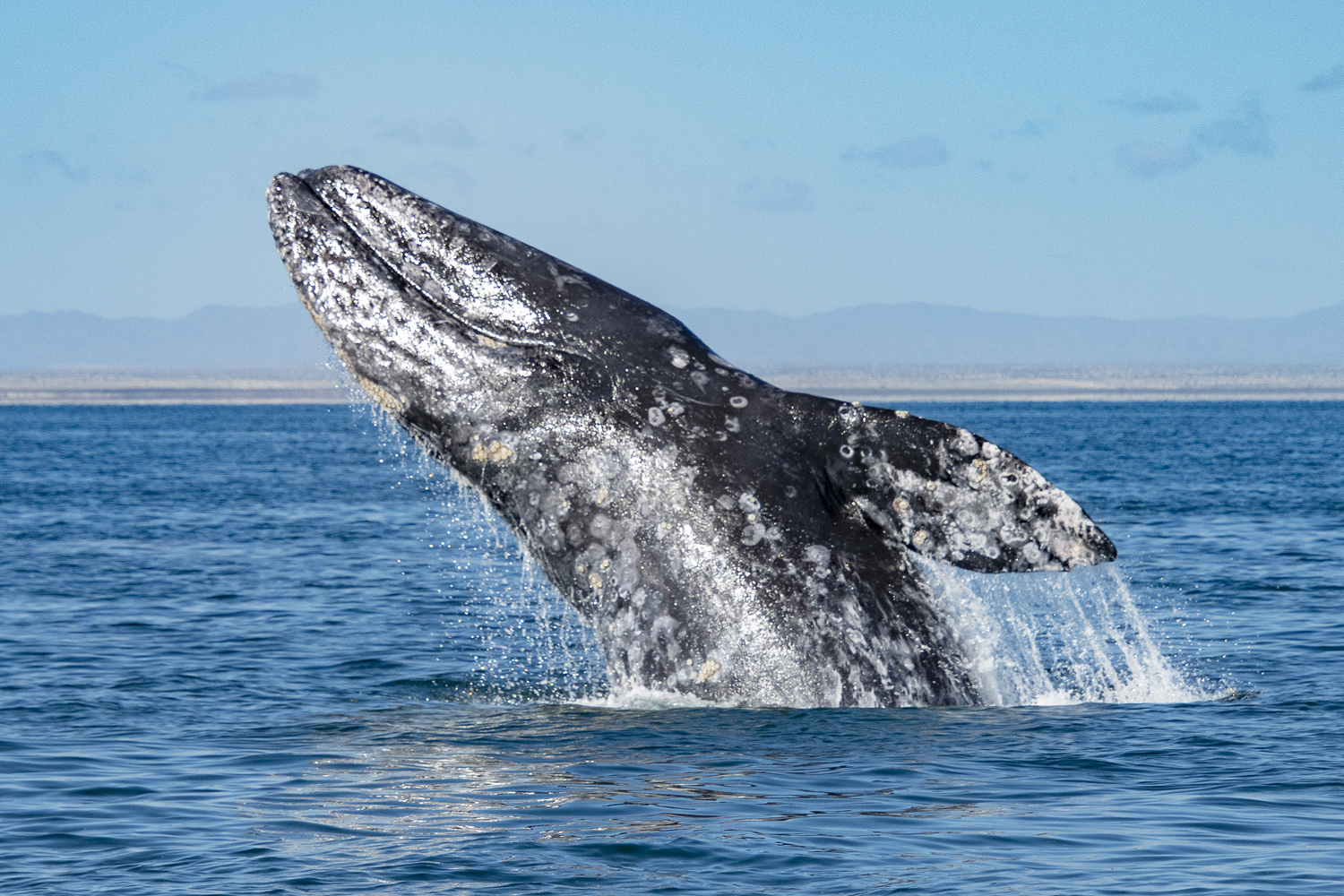
The whalers soon learned that an adult 40-ton gray whale, unlike many of the other great whales they targeted, did not immediately and predictably flee for its life when struck with an exploding harpoon. Instead, the impaled cetacean often turned on its attackers, ramming and smashing their boats, frequently injuring, and killing the men. For this aggressive, defensive behavior the gray whale earned the nickname “devilfish”.
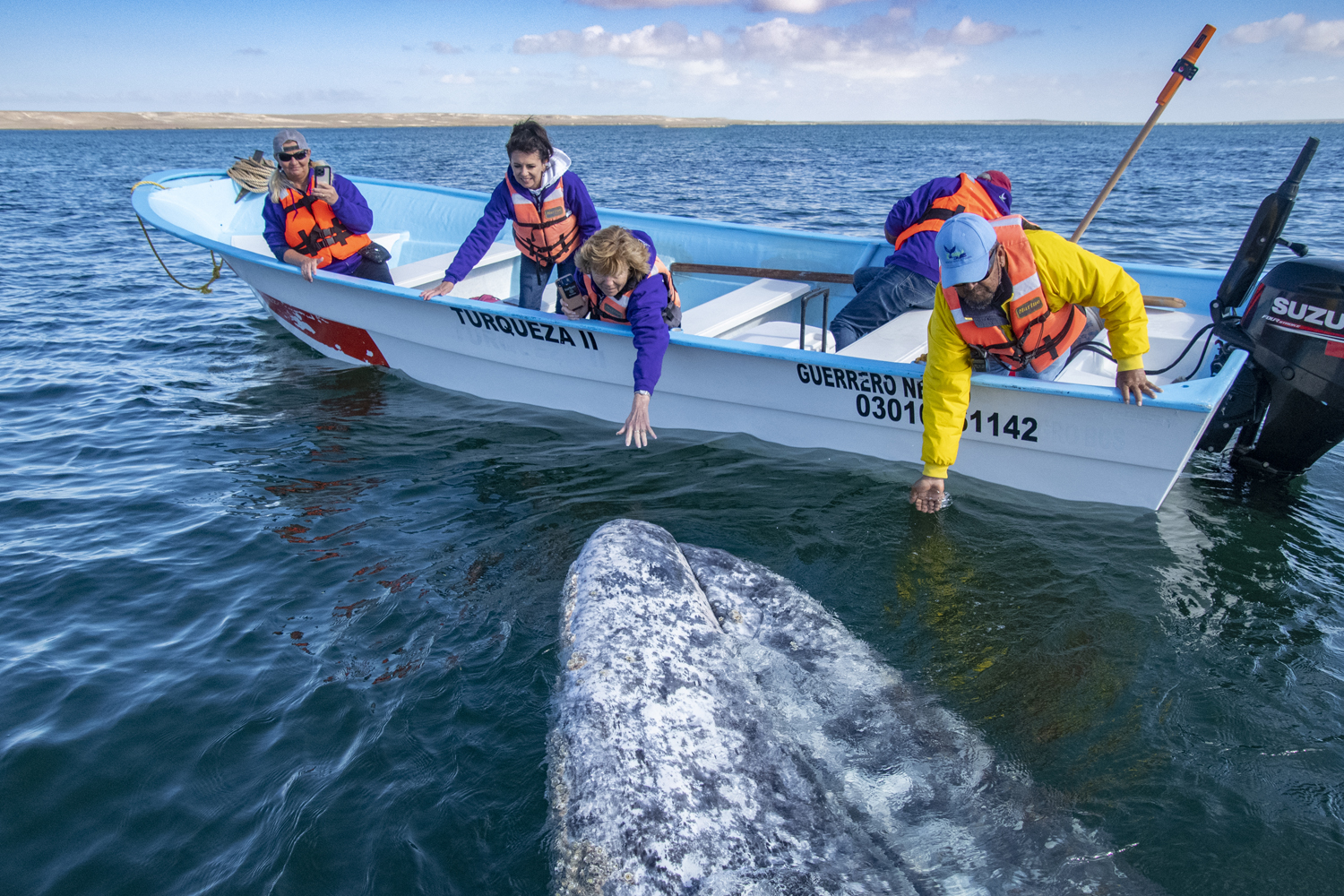
Fast forward a century to the mid-1970s on a warm winter morning when one of these legendary “devilfish” unexplainably surfaced beside the small boat of a local fisherman named Pachico Mayoral. Initially, Pachico was terrified. When the whale lingered the brave Mexican reached out and touched the animal on its snout. That tentative initial touch eventually evolved over the last 50 years into a cultural tradition that today has hundreds of “friendly” gray whales approaching boats for nothing more than playful interaction and the opportunity to be touched by an incredulous, overjoyed human. This was the stimulus for the two photo tours I led in February this year to the azure waters of Mexico’s Baja Peninsula.
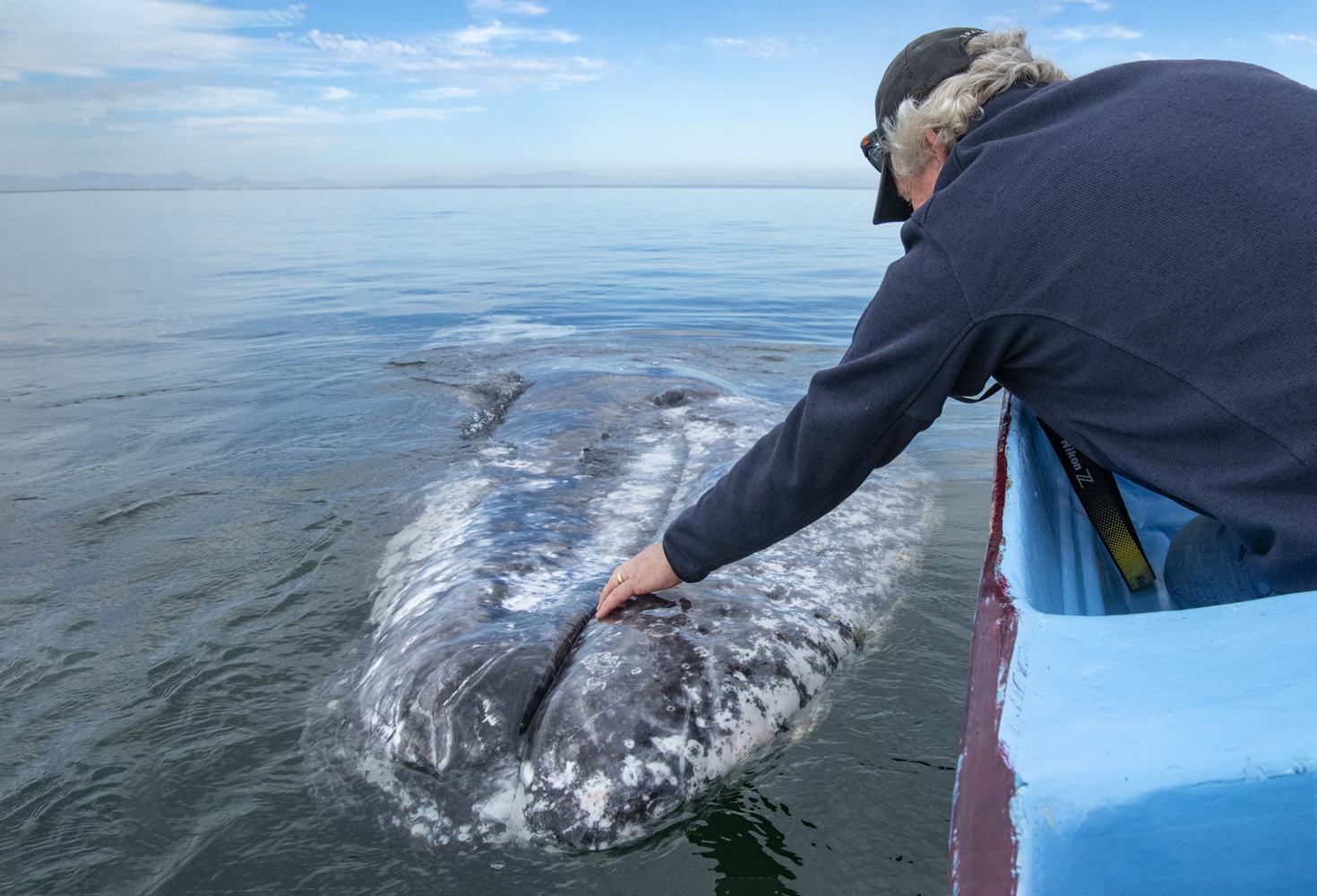
For most of us this was our first trip abroad after two years of social distancing and confinement. During each of our 12-day photo safaris we made four ocean outings to witness and photograph these legendary “friendlies”. We had whales rub the bottom of our boats, spin us slowly like bathtub toys, and playfully blow bubbles and spray in our faces. Being so anointed became a desirable rite of passage. On countless occasions we saw breaching, spy-hopping and mating behavior. In several instances, we had as many as five adults all approaching our boat at the same time, each seemingly anxious for a human touch. Such an experience is difficult to imagine and even more difficult to comprehend. One adult female we nicknamed Rosita spent over 30 minutes rolling beside our boat allowing everyone to stroke her snout and run their hand along the silky smoothness of the skin on the underside of her chin. On the tour we never harassed the whales in any way and all our encounters were with animals that chose to swim to us as we floated on the ocean surface.

As well as the whales there were other photographic rewards to enjoy. Beginning in the late 1600s, Jesuit, Dominican and Franciscan missionaries from Europe built a string of colonial missions along the entire spine of the peninsula, each with its own characteristic architecture and esthetic appeal. In our travels on the peninsula, we visited four different missions, each restored to highlight its Gothic design and inspiration. For a few of our group the missions, and their historical legacy was one of the high points of the tour.
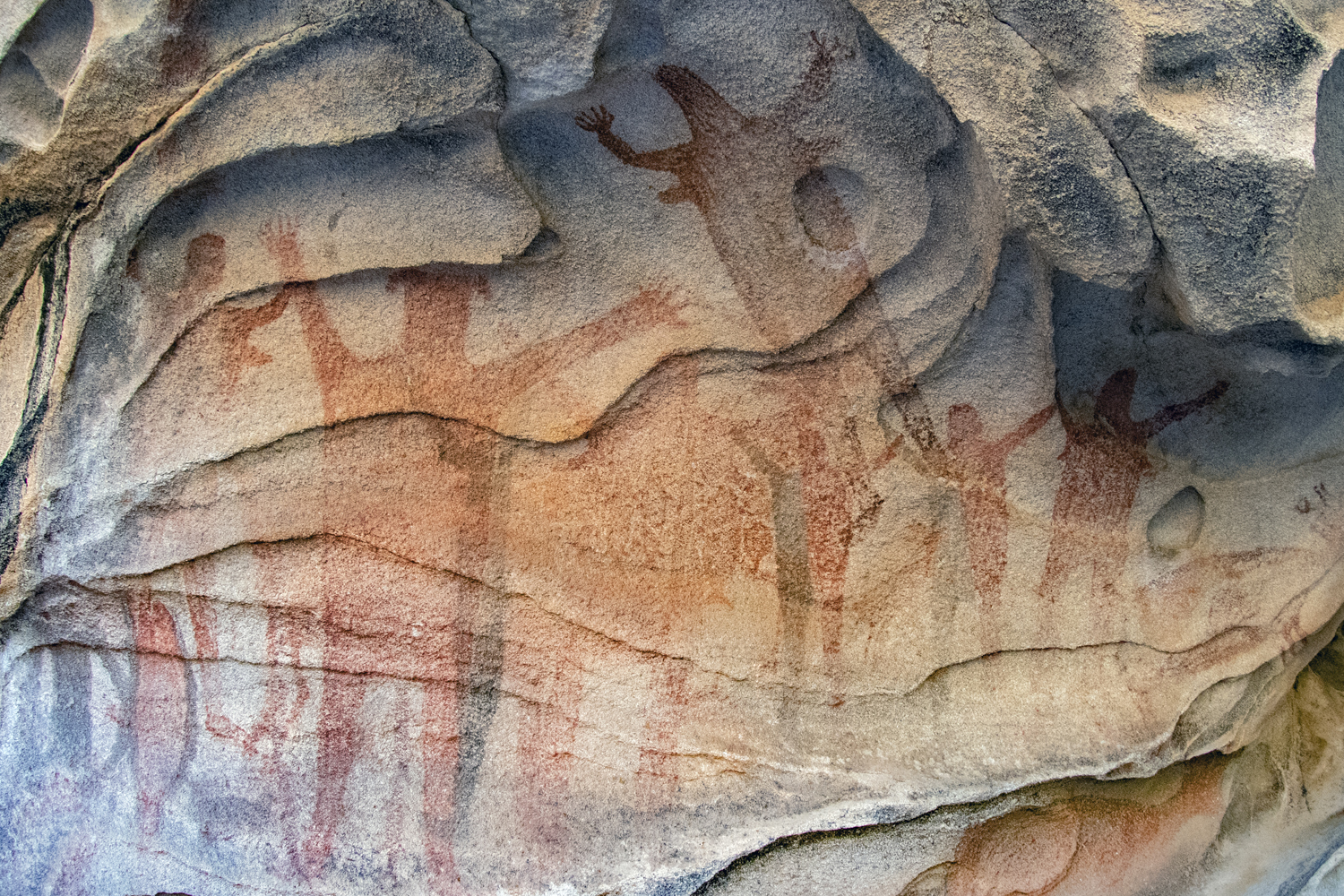
Prior to the 16th century arrival of Europeans to this western corner of Mexico, the peninsula had been inhabited by indigenous hunter-gatherers for over 10,000 years and part of that occupation is preserved today in a multitude of rock art pictographs and petroglyphs, some of which were so significant as to be designated in 1993 by the United Nations as World Heritage Sites. We visited one such significant rock art site in a cave on the upper slopes of a desert mesa overlooking a photogenic stretch of Sonoran Desert that featured towering cardon cacti and lofty boojum trees.
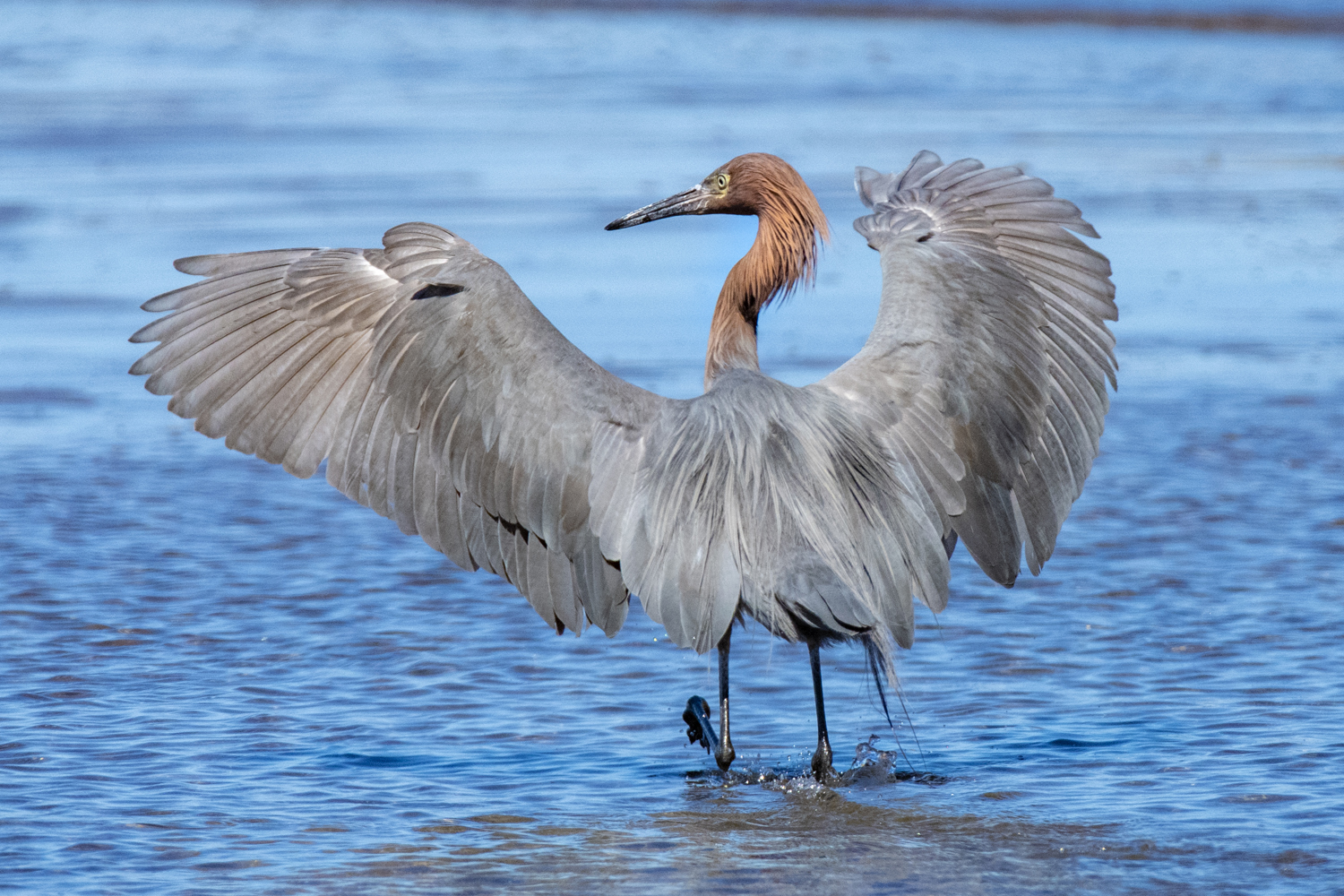
In the end, although unseasonable winds forced us to make a few changes to our original schedule we saw a multitude of whales at close range, photographed a multitude of desert and coastal birds, explored the photogenic sand dunes of Soledad, and acquired an appreciation of the peninsula’s ancient artistic past, all while relaxing in the warm hospitality of the Mexican people. A photographer could ask for no more. Join me next time and savor this cetacean spectacle once again.


